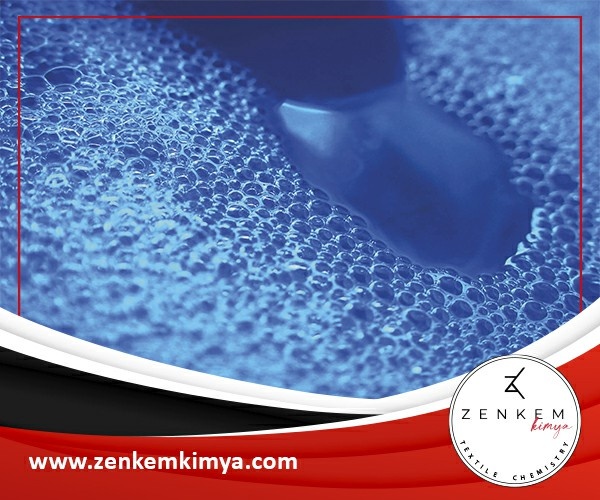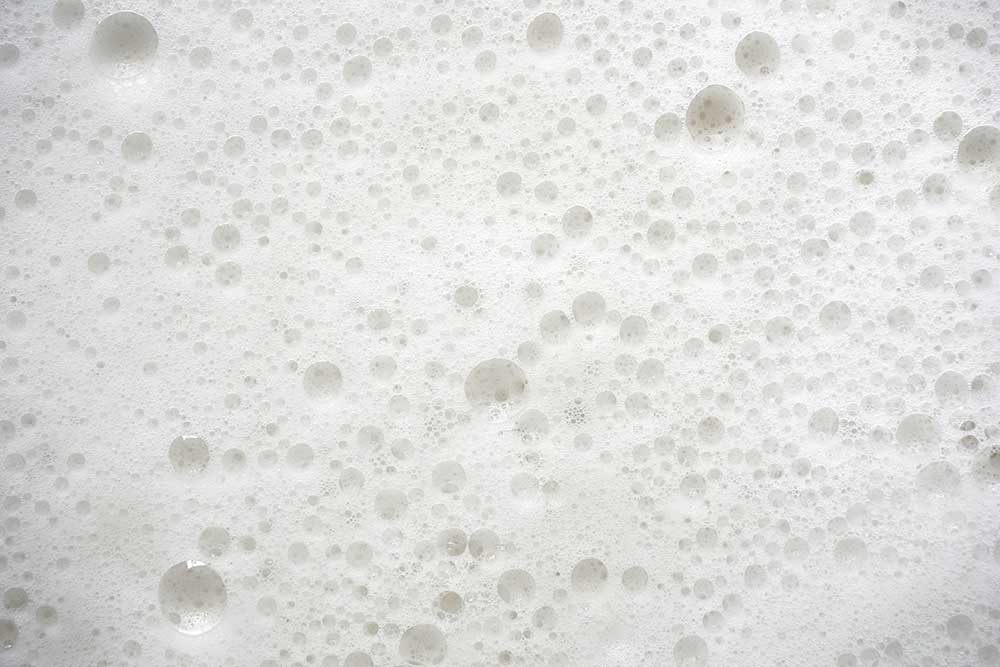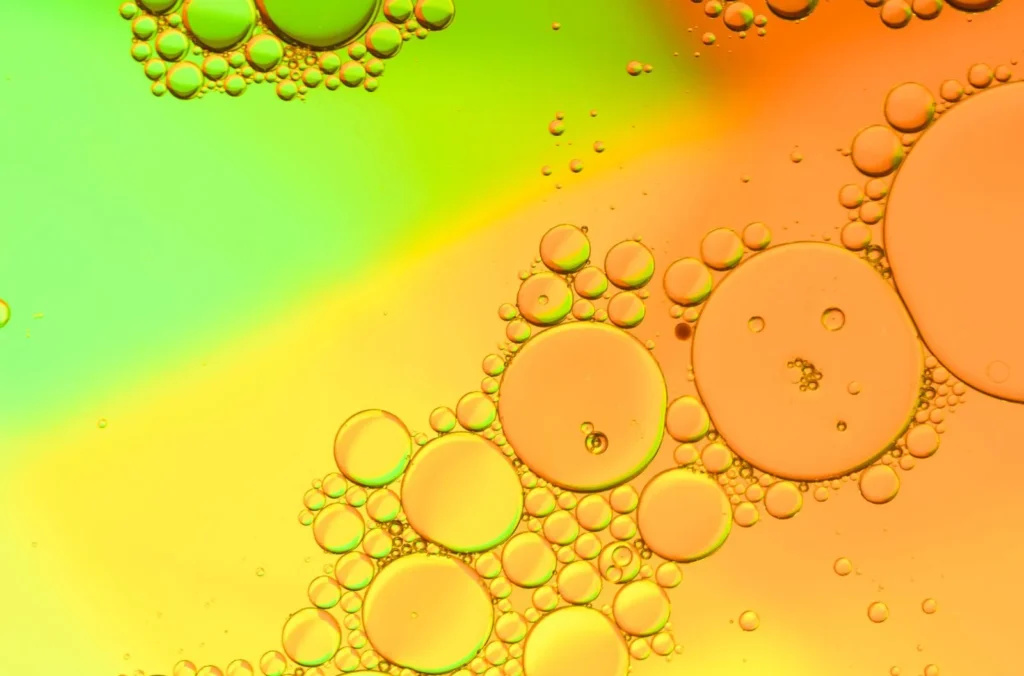How Defoamers Improve Product Quality and Reduce Waste in Production
The Function of Defoamers in Enhancing Item Top Quality and Efficiency
Defoamers serve as important ingredients that minimize this issue, guaranteeing smoother production process while boosting the functional and visual characteristics of the final products. The option of the ideal defoamer can be important to achieving optimal results, raising essential questions regarding formula compatibility and efficiency metrics that warrant additional expedition.
Understanding Defoamers
Understanding the role of defoamers is vital for keeping product quality throughout numerous sectors. Defoamers are chemical ingredients designed to avoid the formation and minimize of foam in liquid systems, which can adversely affect processes such as mixing, filling, and surface stress. Lathering can cause inadequacies, item flaws, and jeopardized aesthetic appeal, making defoamers a vital element in manufacturing procedures.
In commercial applications, defoamers assist to improve product consistency and security. As an example, in the paint and coatings sector, foam can hinder the application process and the last surface. Similarly, in food and beverage manufacturing, extreme foam can hinder bottling and product packaging effectiveness (defoamers). The reliable use of defoamers not only ensures smoother manufacturing procedures however also adds to exceptional item efficiency.
Additionally, the option and formulation of a defoamer have to straighten with specific application needs, such as compatibility with other active ingredients, efficiency under differing temperature and pH conditions, and possible regulative restraints. Ultimately, comprehending defoamers' features and their value in numerous solutions is essential for optimizing production and making sure the best output.
Sorts Of Defoamers
Defoamers can be categorized into numerous types based on their structure and device of activity. The main kinds consist of silicone-based, non-silicone natural, and inorganic defoamers.
Silicone-based defoamers are among one of the most reliable, primarily because of their capability to spread quickly on the fluid surface area and interfere with foam development. Their distinct chemical structure permits premium security, making them ideal for high-temperature applications and settings with varying pH levels.
Non-silicone organic defoamers, typically made up of fatty acids or natural oils, are valued for their biodegradability and lower toxicity. These are generally used in food and beverage applications where safety and environmental impact are vital.
Inorganic defoamers, which consist of materials like talc or calcium carbonate, act by increasing the density of the fluid, thereby minimizing foam security. They are commonly used in industrial processes where compatibility with other materials is not a concern.
Each kind of defoamer has unique advantages and limitations, enabling customized remedies depending on the specific foaming concerns come across in different applications. Comprehending these differences is vital for maximizing performance and attaining wanted product quality.
Applications Throughout Industries
Many sectors leverage defoamers to improve product quality and operational performance. In the food and beverage sector, defoamers are critical in processes such as brewing and milk production to avoid foam development, which can cause inadequacies and product inconsistency. By managing foam, producers can ensure better return and a much more consistent product.
In the pharmaceutical sector, defoamers play an essential function in the formulation of liquid drugs, where extreme foam can hamper mixing and precise application. Their use aids keep the stability of the solutions and helps with smoother manufacturing processes.
The paint and coatings sector also depends on defoamers to boost the performance of items during application. By decreasing foam, these additives make sure a smoother coating and visit this website enhance the visual qualities of the last product.

Benefits of Utilizing Defoamers
While the application of defoamers varies across industries, their advantages continually boost item top quality and procedure effectiveness. One substantial advantage is the reduction of foam development throughout producing processes, which can otherwise result in production hold-ups and incongruities in item high quality. By decreasing foam, defoamers make it possible for a smoother flow of materials, facilitating extra reliable procedures and minimizing the possibility of equipment breakdowns.
Furthermore, the usage of defoamers can improve the look and structure of end products. In fields such as layers, paints, and food handling, excessive foam can endanger the visual aesthetic appeals and general high quality, while the ideal defoamer application guarantees a consistent coating and desirable characteristics. Defoamers can add to cost financial savings by reducing waste throughout manufacturing and enhancing the usage of raw materials.

Picking the Right Defoamer
Picking the ideal defoamer is critical for optimizing production processes and guaranteeing product quality. The selection of defoamer affects not just the performance of foam control yet additionally the general performance features of the last item. Aspects to think about include the sort of application, the chemistry of the solution, and the ecological conditions under which the product will certainly be utilized.
Different sectors might need particular defoamer types, such as silicone-based, natural, or polymeric defoamers. Comprehending the compatibility of the defoamer with the key active ingredients is necessary to prevent unfavorable reactions that might compromise item stability. Additionally, the defoamer's performance in different temperatures and pH levels must be reviewed to make sure consistent efficiency.
Checking the defoamer in small-scale applications can supply valuable insights right into its efficiency and suitability. Factor to consider of regulatory conformity, specifically in food, pharmaceuticals, and cosmetics, is critical in selecting a defoamer. Eventually, a comprehensive evaluation of these factors will cause the option of a defoamer that not only regulates foam successfully yet likewise boosts the quality and performance of the last item.
Verdict

To conclude, defoamers are necessary ingredients that significantly improve item quality and performance across different markets. By properly minimizing foam development, these representatives not just boost functional effectiveness however additionally add to the visual and useful honesty of items. The calculated option and application of defoamers cause set you back savings, enhanced resource use, and enhanced customer complete satisfaction. In general, the value of defoamers in industrial processes can not be overstated, as they play a vital role in achieving top quality and consistent outcomes.
Lathering can lead to inefficiencies, item defects, and endangered visual appeal, making defoamers a crucial part in producing procedures.
